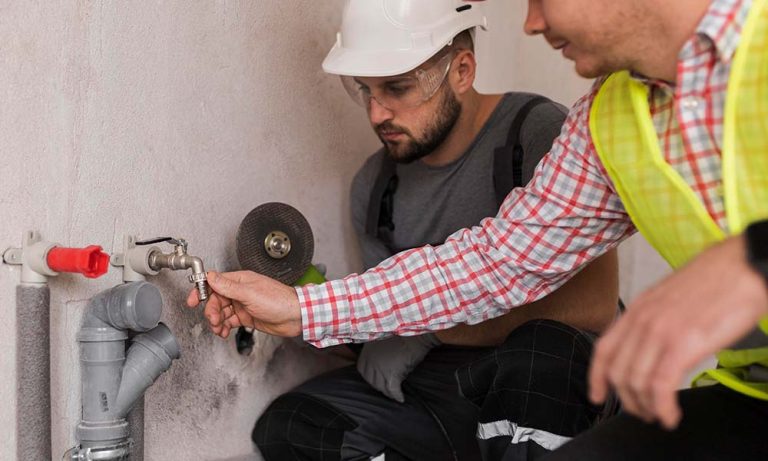Introduction
As the world shifts towards sustainable energy solutions, the importance of circular battery compliance becomes increasingly critical. Ensuring that battery products adhere to these standards is not just about fulfilling regulatory requirements; it’s also about contributing to a sustainable future. Here’s how manufacturers can ensure their products meet circular battery compliance standards.
- Understand the Standards
The first step in compliance is understanding what circular battery compliance entails. These standards are designed to ensure that batteries are manufactured, used, and recycled in a way that maximizes their lifecycle and minimizes environmental impact.
How to Avoid Non-Compliance: Stay updated with both local and international regulations concerning battery production and disposal. Regular training and workshops can help keep your team informed.
- Design for Longevity
Circular battery compliance emphasizes the longevity of battery products. Designing batteries that have a longer life reduces waste and the need for frequent recycling.
How to Avoid Non-Compliance: Invest in research and development to enhance the durability and efficiency of your batteries. Implement design strategies that allow for easy upgrades and repairs.
- Facilitate Recycling
An essential aspect of circular battery compliance is ensuring that batteries are easy to recycle. This involves designing batteries in a way that components can be easily separated at the end of their lifecycle.
How to Avoid Non-Compliance: Use standardized components that can be easily disassembled. Clearly label different materials to simplify the recycling process.
- Use Sustainable Materials
Using sustainable materials is key to meeting circular battery compliance standards. This not only reduces the environmental impact but also enhances the recyclability of the batteries.
How to Avoid Non-Compliance: Source materials that are abundantly available and environmentally friendly. Maintain transparency with your suppliers about the need for sustainable materials.
- Regular Audits and Certifications
Regular audits are crucial for maintaining compliance. Certifications can also serve as proof that your products meet the necessary standards.
How to Avoid Non-Compliance: Schedule regular compliance audits and seek certification from recognized standards organizations. This not only helps in identifying non-compliance issues but also boosts consumer confidence in your products.
Conclusion
Meeting circular battery compliance standards is an ongoing process that requires continuous improvement and adaptation. By understanding the standards, designing for longevity, facilitating recycling, using sustainable materials, and conducting regular audits, manufacturers can ensure their products contribute positively to the circular economy. This not only helps in complying with regulations but also positions a company as a leader in sustainable practices.

















